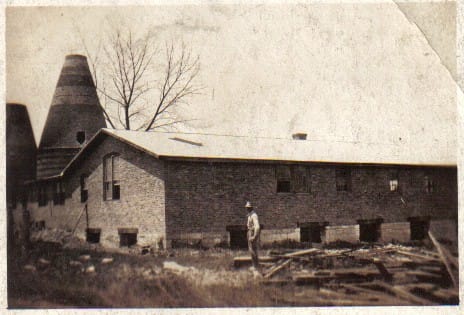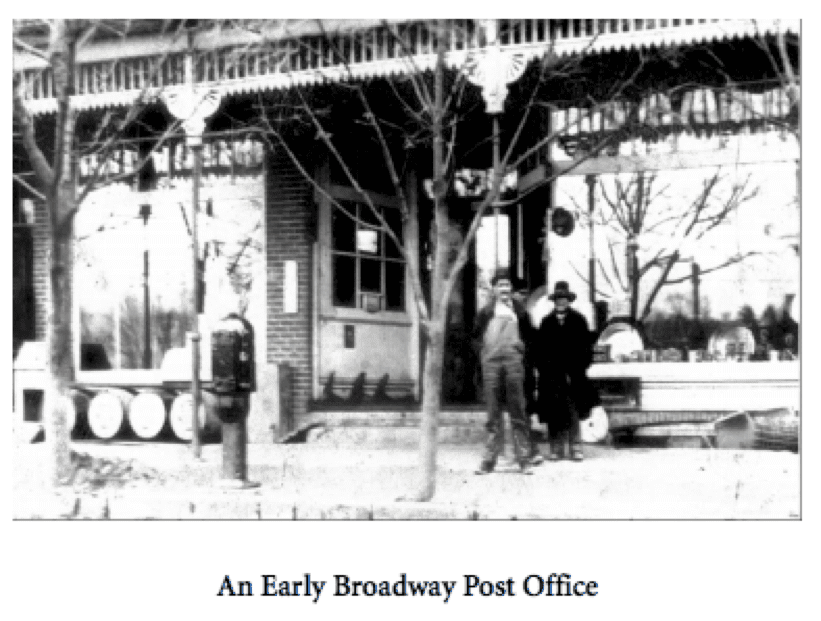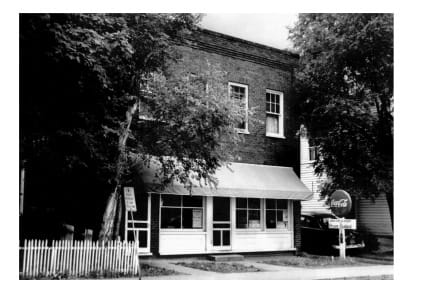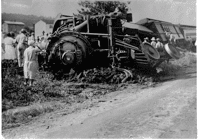The Chimney Rock School was a one-room school built in 1885 at the entrance to Brock’s Gap. The original land for the school was deeded to the Plains District School Board by Sarah Riddle on October 21, 1885. The school probably closed about 1906.
The Extract (Church Mountain) School was one of the shortest lived schools in Rockingham County. The Excelsior Oak Extract Company was a major employer in the Fulks Run area fro the late 1800s to the mid-1920s. The company built this school for the children of its employees. Called the “ooze factory” by local residents, this business, owned by General Roller, extracted a variety of products from the oak trees in the area. Both the plant and the school was located a short distance north of Fulks Run at the base of Church Mountain.
The Fulks Run School was located near Fulks Run on Dry River. The date of the construction of this one-room school is unknown. in 1914, this school was replaced by a two-room school located further south. from 1914 through 1922, the Linville and Plains District Board hired the teachers. The school closed at the end of the 1951-52 school session.
The Genoa School was built in 1919 to repose two older schools in the neighborhood– the Oak Grove School and the Shoemaker School. The 1919 recorded deed states that the land for the Genoa School was purchased from Rev. and Mrs. George Fulk and the Shoemaker family. Records indicate that the Fulks were paid $171.87 for 137.5 “poles” of land. The Shoemakers were paid $50.00 for 16.5 “poles” of land.
Originally known as the Fawley School, the Mt. Pleasant School was deeded to the Plains District School Board by Adam H. Fulk on September 24, 1880. This school served the community until about 1900 when a new school was built on land acquired from William May.




 RSS Feed
RSS Feed
